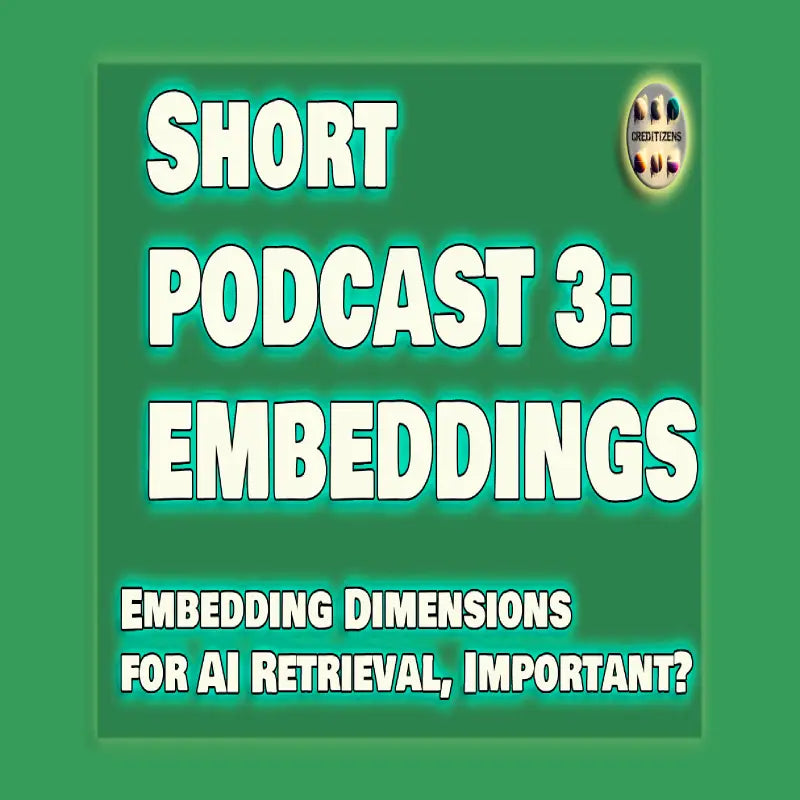Disclosure: This post may contain affiliate links, meaning Chikara Houses get a commission if you decide to make a purchase through our links, at no cost to you. Please read our disclosure for more info.
Content Disclaimer: The following content has been generated by a combination of human and an AI language model. Content is images, text and video (if any). Please note that while we strive to provide accurate and up-to-date information, the content generated by the AI may not always reflect the most current news, events, or developments.
Quantization: Can it Make AI Embeddings Smaller and Faster?
Understanding Quantization and its Benefits
- Reduced Storage: Smaller data types mean less storage space is required, which can be significant when dealing with millions or billions of embeddings.
- Faster Retrieval: Processing quantized embeddings is faster due to reduced data transfer and computational complexity, leading to quicker retrieval times.
- Lower Costs: Smaller storage requirements translate to lower cloud storage and processing costs, making AI applications more cost-effective.
The Trade-off: Precision vs. Efficiency
- 32-bit (float32): The highest precision but requires the most storage.
- 16-bit (float16): Reduces storage by half with minimal impact on precision in many cases.
- 8-bit (int8): Significant storage reduction but with a more noticeable loss in precision.
- Binary (1-bit): Drastic storage reduction but significantly compromises precision, making it suitable only for specific use cases.
Research Highlights the Effectiveness of Quantization
Choosing the Right Quantization Technique
- The sensitivity of the task to precision: Some tasks, like semantic similarity search, might be more tolerant of precision loss than others.
- The size of the dataset: For massive datasets, aggressive quantization might be necessary to manage storage and computational costs.
- The available hardware: Different hardware platforms have varying levels of support for different quantization techniques.
Quantization: A Powerful Tool for AI Optimization
Q&A Just For Chikara Houses users:
-
What are embeddings in AI?
- A: Embeddings are numerical vectors that represent data, such as text or images, in a way that captures their meaning and relationships for machine processing.
-
What is quantization in the context of AI embeddings?
- A: Quantization is a technique to reduce the number of bits used to represent embedding dimensions, making them smaller and faster for storage and computation.
-
How does quantization benefit AI applications?
- A: It reduces storage requirements, speeds up retrieval processes, and lowers cloud storage and processing costs.
-
What is the trade-off involved in quantization?
- A: The trade-off lies in precision vs. efficiency—while quantization saves storage and enhances speed, it can lead to some loss of information, impacting accuracy.
-
What are common quantization levels and their impacts?
- A:
- 32-bit (float32): High precision, large storage cost.
- 16-bit (float16): Minimal loss in precision, 50% storage reduction.
- 8-bit (int8): Moderate loss in precision, significant storage savings.
- 1-bit (binary): Extreme storage savings, substantial precision loss.
- A:
-
What factors influence the choice of a quantization technique?
- A: Task sensitivity to precision, dataset size, and the hardware's support for specific quantization methods.
-
Can quantization maintain effectiveness in AI applications?
- A: Yes, research demonstrates that with proper methods like binary and scalar quantization, effectiveness can be retained while drastically reducing costs.
-
Are there tasks where binary quantization is appropriate?
- A: Binary quantization is suitable for use cases with critical storage constraints and where precision is less important.
-
How does dataset size affect the choice of quantization?
- A: Larger datasets may necessitate more aggressive quantization to balance storage and computation needs.
-
Why is quantization important for the future of AI?
- A: As datasets grow, quantization enables scalable, cost-effective, and efficient AI applications, making it vital for AI's accessibility and sustainability.
Conclusion
Quantization is a transformative tool for managing the challenges of embedding size and processing speed in AI. By carefully balancing precision and efficiency, quantization enables faster, more cost-effective AI systems without sacrificing performance significantly. Its role is set to expand as datasets grow larger, making it a cornerstone of future AI optimization strategies.
Discover also about Chikara Houses:
9 Rules Rooms:
- Inspections, temporary guests
- Free Cooking, evasion through cooking
- Free Space/Sharing Philosophy
- Minimalistic Furniture
- No Friends in room
- World Map
- No Chemical against pest
- Be clean With Yourself
- No Shoes Rules Origins
5 Needs Rooms:





